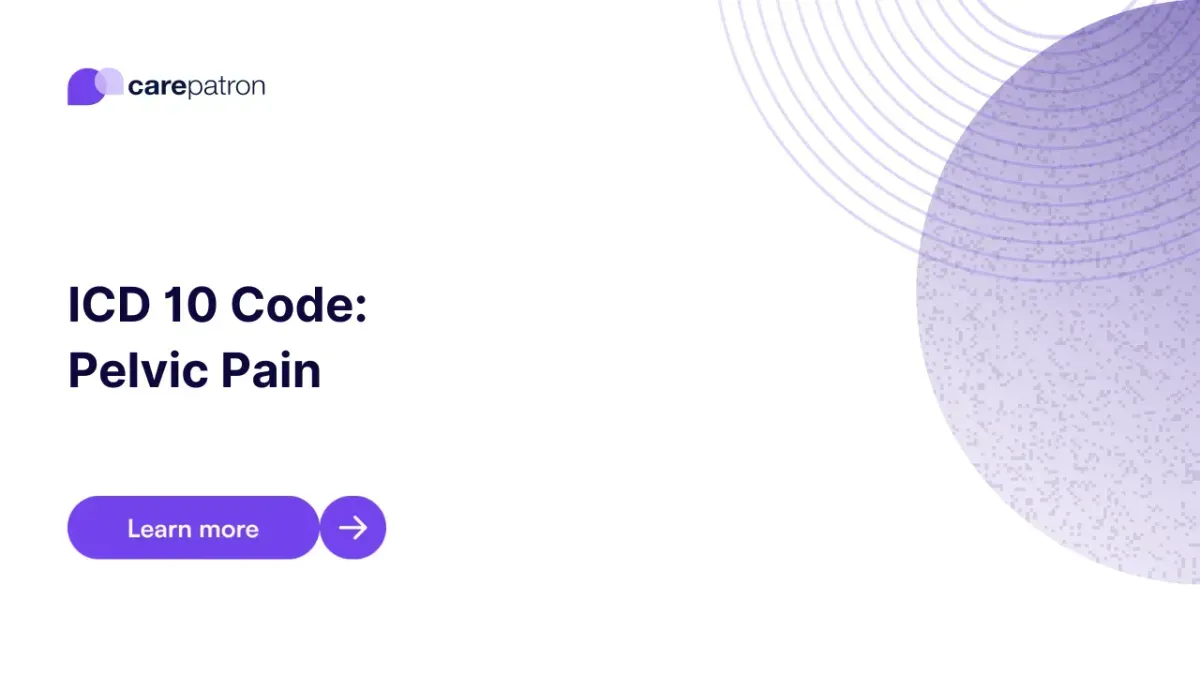What are Pelvic Pain ICD-10-CM Codes?
Below are the most up-to-date and commonly used ICD-10-CM diagnosis codes for pelvic pain:
- R10.2 – Pelvic and perineal pain: This ICD-10 code is used for pelvic and perineal pain when no more precise diagnosis is available.
- N94.89 – Other specified conditions associated with female genital organs and menstrual cycle: This code applies to pelvic pain arising from conditions such as endometriosis or dysmenorrhea that are not elsewhere classified, but not due to a psychological factor.
- N73.9 – Female pelvic inflammatory disease, unspecified: This ICD-10-CM code is used when pelvic inflammatory disease (PID) is diagnosed but lacks specific clinical or laboratory findings for further categorization.

